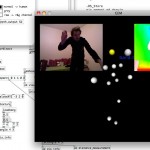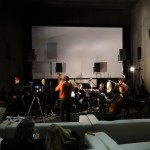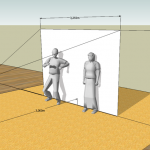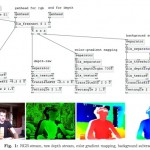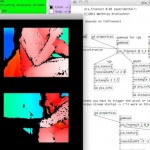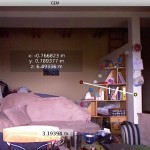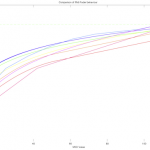 A very crucial and maybe often underestimated point for working with (volume) faders, especially in live electronics application is their curve/behavior. Which range does it cover? How fast does “it” get “loud”. What is the behavior around the +0 dB mark?
A very crucial and maybe often underestimated point for working with (volume) faders, especially in live electronics application is their curve/behavior. Which range does it cover? How fast does “it” get “loud”. What is the behavior around the +0 dB mark?
I sampled the midi volume fader behavior from several of the most popular Digital Audio Workstations. The difference is quite obvious as you can see in the graph to the right.
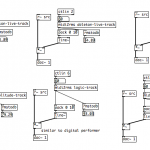 I made a Pure Data abstraction as replacement for the frequently used [fadtorms] or [dbtorms]. In connection with the .txt sample files it can be used to scale your midi fader input.
I made a Pure Data abstraction as replacement for the frequently used [fadtorms] or [dbtorms]. In connection with the .txt sample files it can be used to scale your midi fader input.
Get the abstraction including sample files and Matlab plots here:

